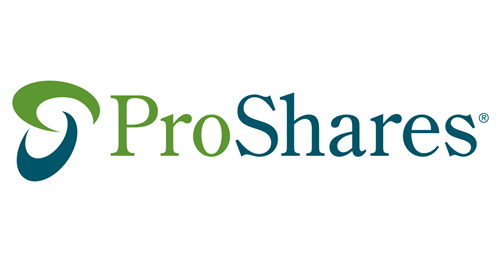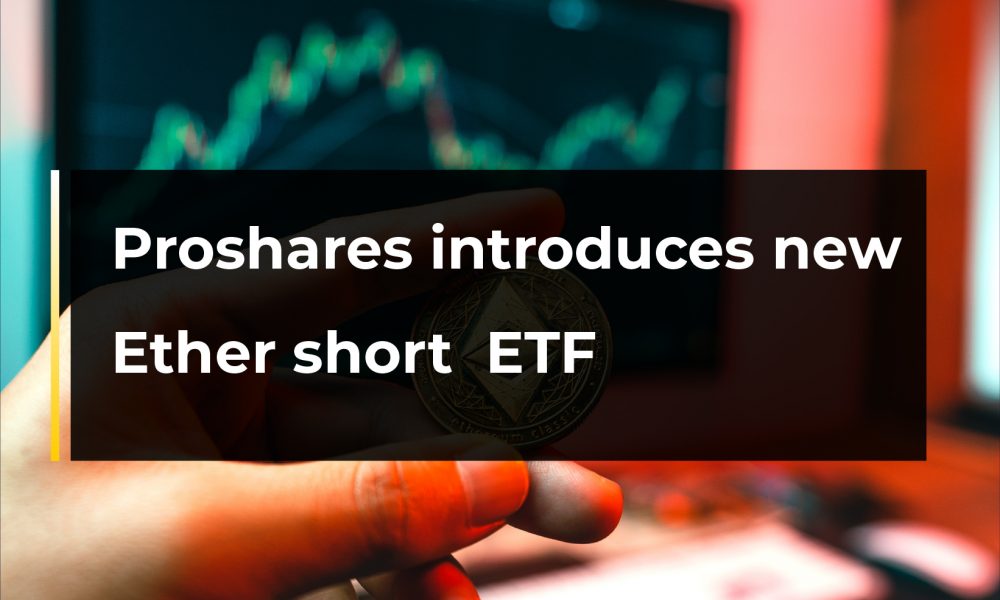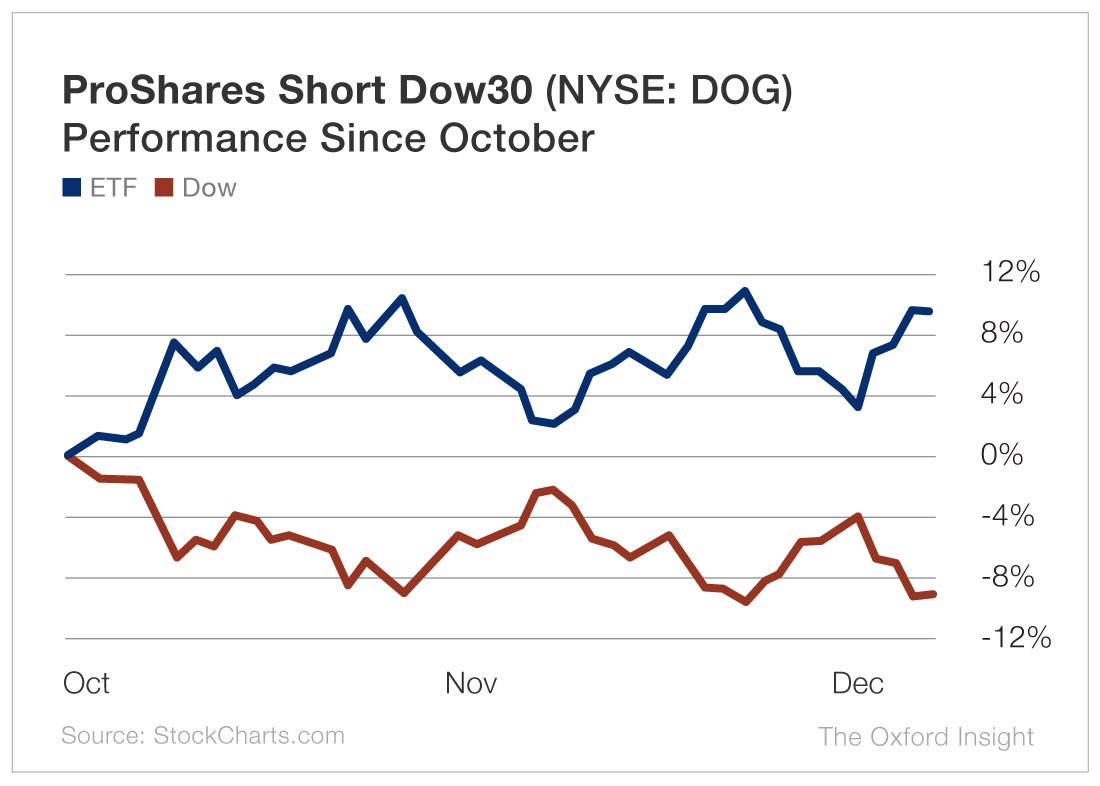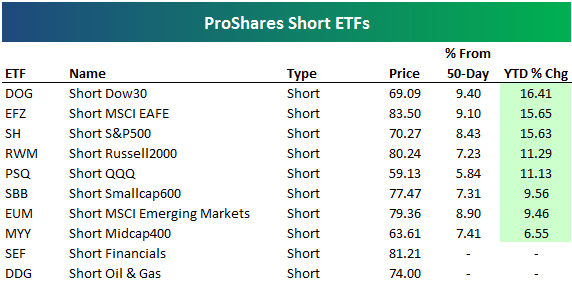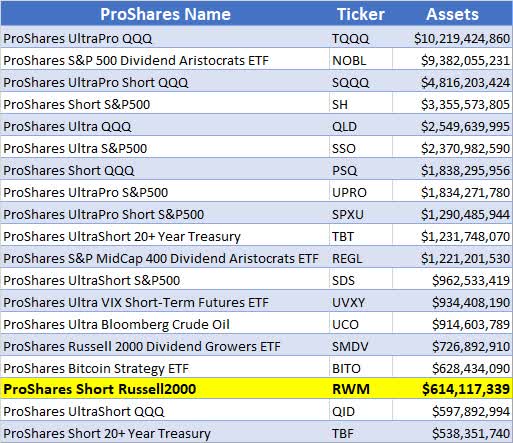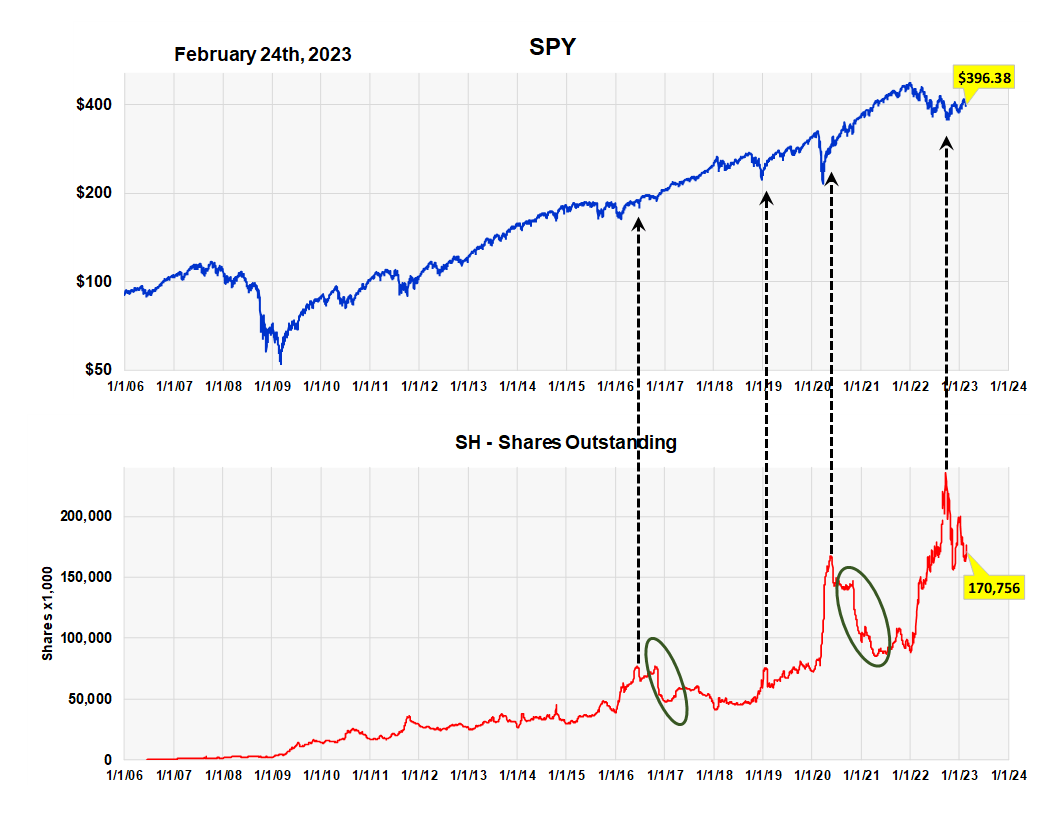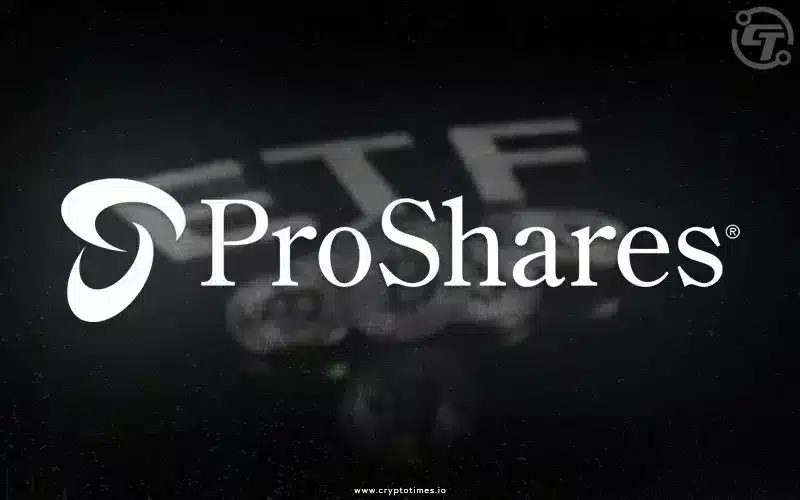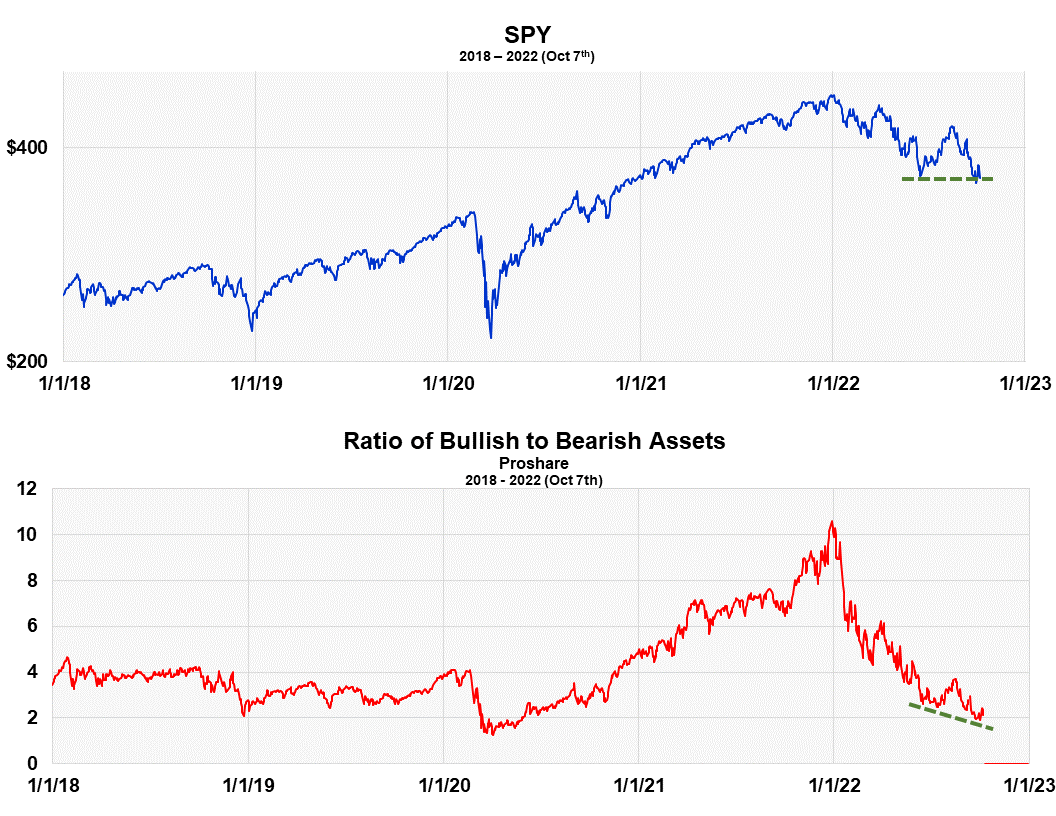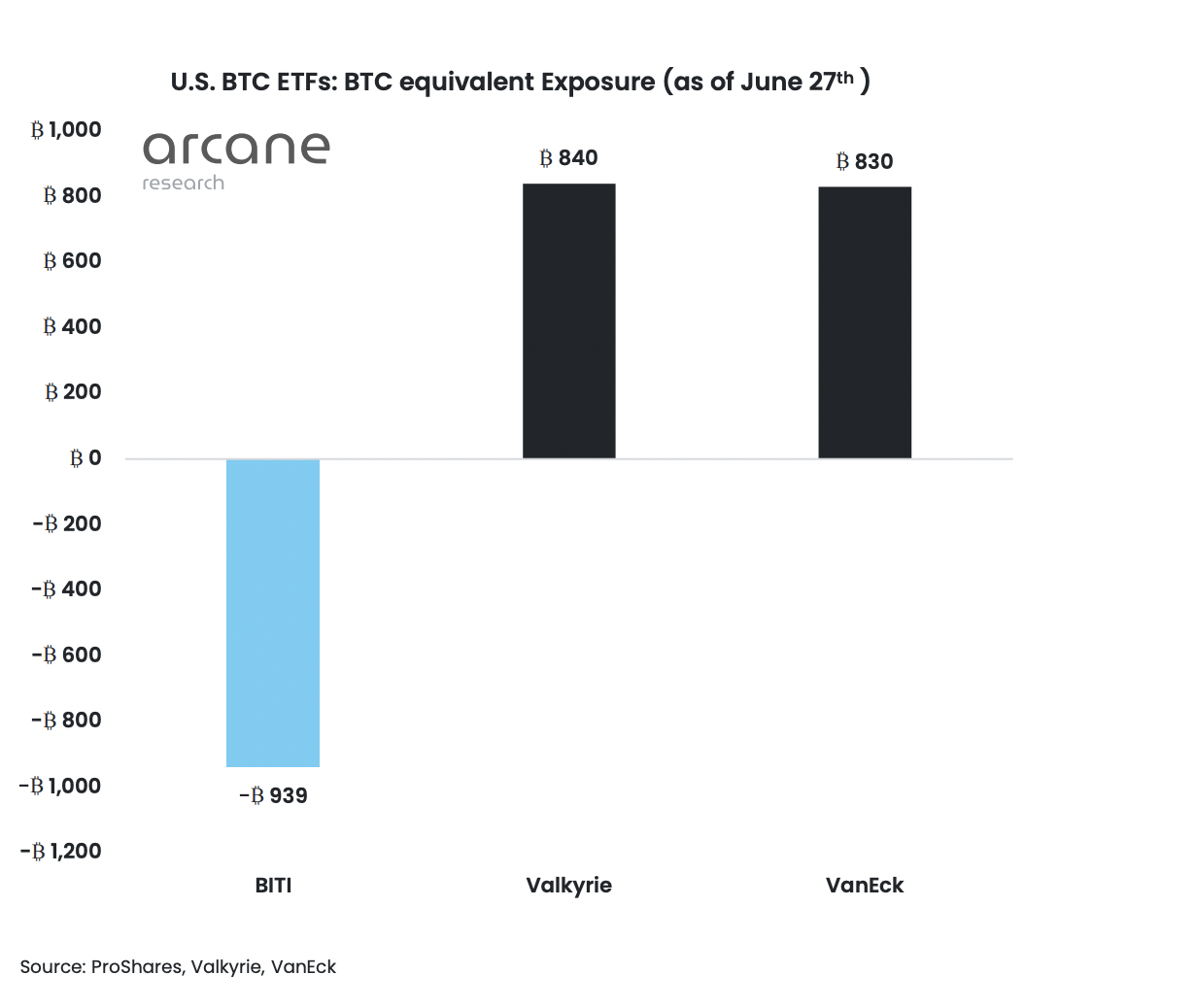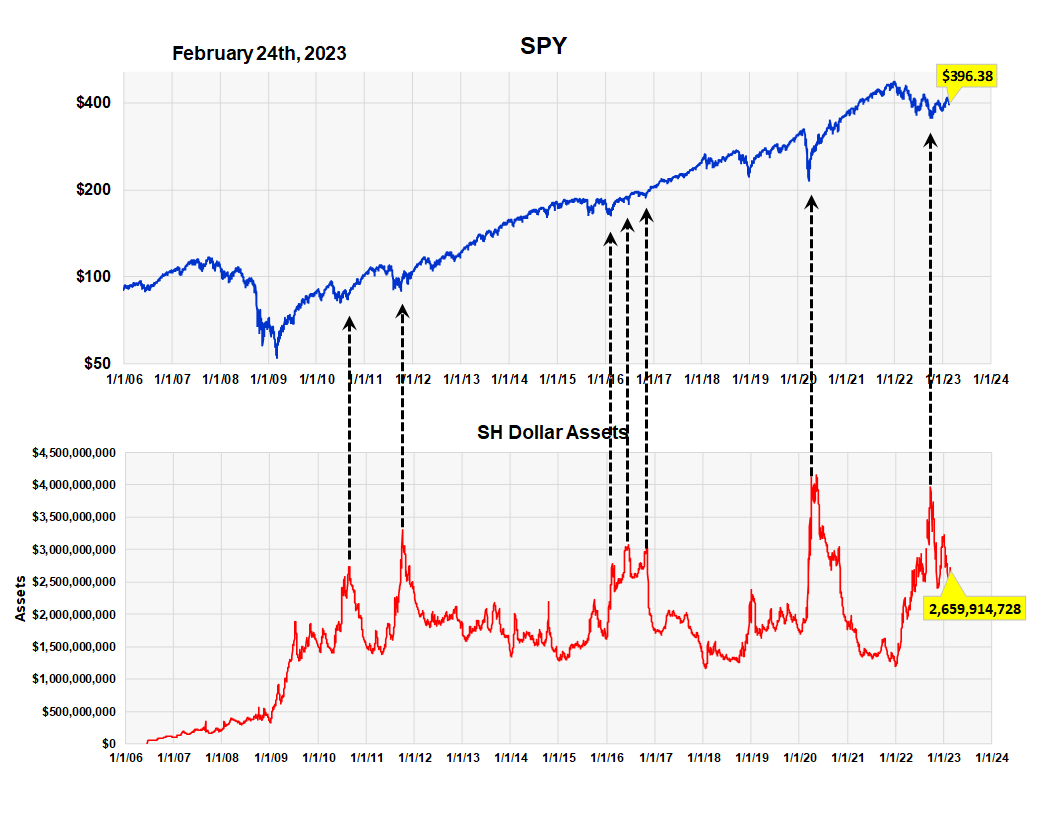Proshares Cds Short North American Hy Credit Etf

Imagine navigating a financial landscape where the familiar signposts of traditional investment are shrouded in mist. Investors seek tools to both weather potential storms and capitalize on unique opportunities. Enter the world of credit derivatives, and more specifically, the ProShares CDS Short North American HY Credit ETF, an instrument designed to do just that.
This Exchange Traded Fund (ETF), trading under the ticker HYYG, offers investors a way to potentially profit from a weakening high-yield, or "junk bond," credit market. But what exactly does it do, and why should investors care?
Decoding HYYG: A Shield in the Credit Market?
The ProShares CDS Short North American HY Credit ETF (HYYG) is designed to deliver inverse returns to the performance of the Markit CDX North American High Yield Index. This index tracks the credit default swap (CDS) spreads of a basket of North American companies deemed to be high-yield.
In simpler terms, HYYG aims to increase in value when the perceived creditworthiness of these high-yield companies declines. This decline typically manifests as widening CDS spreads, reflecting higher perceived risk.
Understanding Credit Default Swaps (CDS)
A CDS is essentially an insurance policy against a company defaulting on its debt. The buyer of a CDS makes periodic payments to the seller, and in return, receives a payout if the referenced company defaults.
Therefore, the price of a CDS, reflected in its spread, is a key indicator of the perceived risk associated with that company's debt. When investors become more worried about the financial health of a company, the demand for its CDS increases, driving up the spread.
The Markit CDX North American High Yield Index comprises a carefully selected group of such CDS contracts. It serves as a benchmark for the overall health of the high-yield credit market.
HYYG in Action: A Tool for Risk Management and Potential Profit
HYYG is primarily used for two main purposes: hedging and speculation. Investors who hold significant positions in high-yield bonds might use HYYG as a hedge against potential losses if the credit market deteriorates.
By shorting the credit risk (indirectly) through HYYG, they can offset some of the negative impact on their bond portfolio. Speculators, on the other hand, might use HYYG to bet on a decline in the high-yield credit market.
If they believe that economic conditions are deteriorating and that corporate defaults are likely to increase, they might buy HYYG to profit from the anticipated widening of CDS spreads. According to ProShares official website, the fund's objective is to seek daily investment results, before fees and expenses, that correspond to the inverse (-1x) of the daily performance of the index.
Important Considerations
Investing in HYYG, like any financial instrument, comes with its own set of risks. These ETFs are designed for sophisticated investors who understand the intricacies of credit derivatives and the dynamics of the high-yield market.
Furthermore, inverse ETFs are generally not intended for long-term holding periods, as their daily rebalancing can lead to performance that deviates significantly from the underlying index over longer time horizons.
The performance of HYYG is directly linked to the performance of the Markit CDX North American High Yield Index, making it crucial to stay informed about the factors influencing this index.
The Broader Significance
HYYG and similar credit derivative ETFs play an important role in the overall financial system. They provide a mechanism for transferring and managing credit risk, and they offer investors a way to express their views on the health of the credit market.
They also contribute to price discovery, helping to reflect the collective wisdom of the market about the creditworthiness of companies. As the economic outlook shifts and uncertainties persist, instruments like HYYG become increasingly relevant for investors seeking to navigate complex market conditions.
The ability to both hedge against potential downturns and capitalize on evolving market dynamics represents a powerful tool in the hands of informed and strategic investors.
